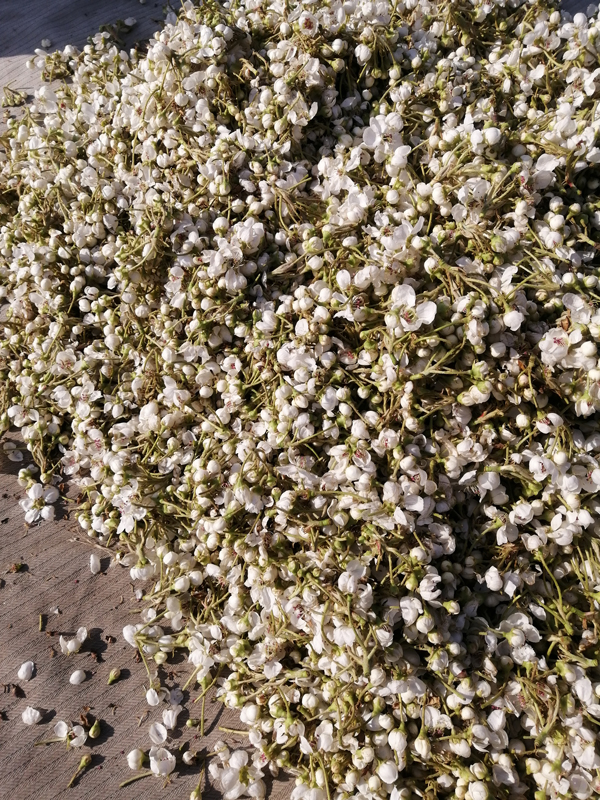డిసెం . 21, 2024 14:11 Back to list
fruit bagging in mango product
Fruit Bagging in Mango Production
Mango, known as the king of fruits, is cherished globally for its sweet flavor, aromatic fragrance, and versatile uses. However, cultivating high-quality mangoes poses several challenges, primarily due to pests and diseases that threaten fruit quality and yield. One effective method that has gained popularity in recent years to protect mangoes and improve their overall quality is fruit bagging. This practice not only safeguards the fruit but also enhances the marketability and profitability of mango production.
What is Fruit Bagging?
Fruit bagging involves covering developing mangoes with protective bags, typically made from materials such as paper, cloth, or plastic. This technique is often implemented during the fruit's early growth stages to shield it from various environmental stresses, insects, and pathogens. The bags are designed to allow sunlight and moisture to reach the fruit while creating a barrier against pests and diseases.
Benefits of Fruit Bagging
1. Pest and Disease Control One of the primary advantages of fruit bagging is its ability to minimize pest infestations. Mango trees are susceptible to a variety of insects, including fruit flies and mealybugs, which can cause significant damage to the fruit. Bagging restricts access, reducing the likelihood of infestation. Furthermore, it protects mangoes from fungal diseases that can arise from excessive moisture and other environmental conditions.
2. Enhanced Fruit Quality Bagged mangoes tend to exhibit superior quality characteristics. The bags protect the developing fruit from direct sunlight, which can cause sunburn and excessive ripening. As a result, the flavor, color, and texture of the fruit improve significantly. Additionally, the bags help maintain an optimal microenvironment around the fruit, conducive to better maturation.
3. Reduction in Chemical Usage By employing fruit bagging, farmers can reduce or even eliminate the need for chemical pesticides. This is particularly beneficial for organic growers who aim to minimize chemical residues on their produce. The reduction in pesticide usage also has positive implications for the environment and human health.
4. Marketability and Shelf Life Bagging not only enhances the aesthetic appeal of mangoes but also extends their shelf life. When mangoes are protected and free from blemishes, they are more likely to attract buyers and command higher prices in the market. Consumers are increasingly inclined to purchase fruits that look appealing and are free from chemical residues, making bagging an advantageous practice for producers.
fruit bagging in mango product

5. Labor and Cost Efficiency While the initial setup for fruit bagging may incur some costs, the long-term benefits, including reduced pest management expenses and greater yields of high-quality fruit, can result in overall cost savings. Additionally, farmers can save labor costs associated with manual pest control methods.
Best Practices in Fruit Bagging
For successful fruit bagging, certain best practices should be followed
1. Timely Bagging It is crucial to bag the fruit at the right time, usually when the fruit is about the size of a marble. Early bagging ensures that the mangoes remain protected throughout their development.
2. Choosing the Right Material The selection of bagging material is vital. The bags should be durable yet breathable, allowing air circulation while providing protection. Some farmers prefer using bio-degradable bags to align with sustainable practices.
3. Monitoring Microclimate Regularly monitoring the microclimate inside the bag is important. Farmers should check for excessive moisture and ensure that ventilation holes are not blocked, which can lead to mold growth.
4. Removing Bags at the Right Time Bags should typically be removed shortly before harvest to allow the fruit to color up fully and develop the desired flavor profile. The timing of bag removal can vary based on the mango variety and local climate conditions.
Conclusion
Fruit bagging represents a practical and efficient solution to some of the most pressing challenges faced in mango cultivation. By protecting the fruit from pests and diseases, enhancing its quality, and reducing reliance on chemicals, this technique not only contributes to better yields but also promotes sustainable agriculture. As the demand for high-quality and organic produce continues to rise, fruit bagging stands out as an essential practice for mango farmers aiming to thrive in a competitive market while preserving the integrity of their crops.
-
High-Quality Oak Pollen for Allergy Research & Testing – Reliable Oak Tree & Live Oak Pollen Supplier
NewsJul.08,2025
-
Premium Pear Pollen for Pollination in Orchards in Taiwan – Reliable Factories, Manufacturers & Suppliers
NewsJul.08,2025
-
Premium Pollen Producer & Apricot Pollen Suppliers High-Quality Apricot Pollen Factories
NewsJul.07,2025
-
Premium Juniper Tree Pollen for Fruit Tree Varieties – Quality Assured by Leading Plum Pollen Manufacturers
NewsJul.07,2025
-
High Quality Elm Pollen Supplier - Fresh Elm Tree & Apricot Flower Pollen for Sale
NewsJul.07,2025
-
Premium Cherry Pollen for Sale – Fresh Cherry & Avocado Tree Pollen Supplier
NewsJul.06,2025